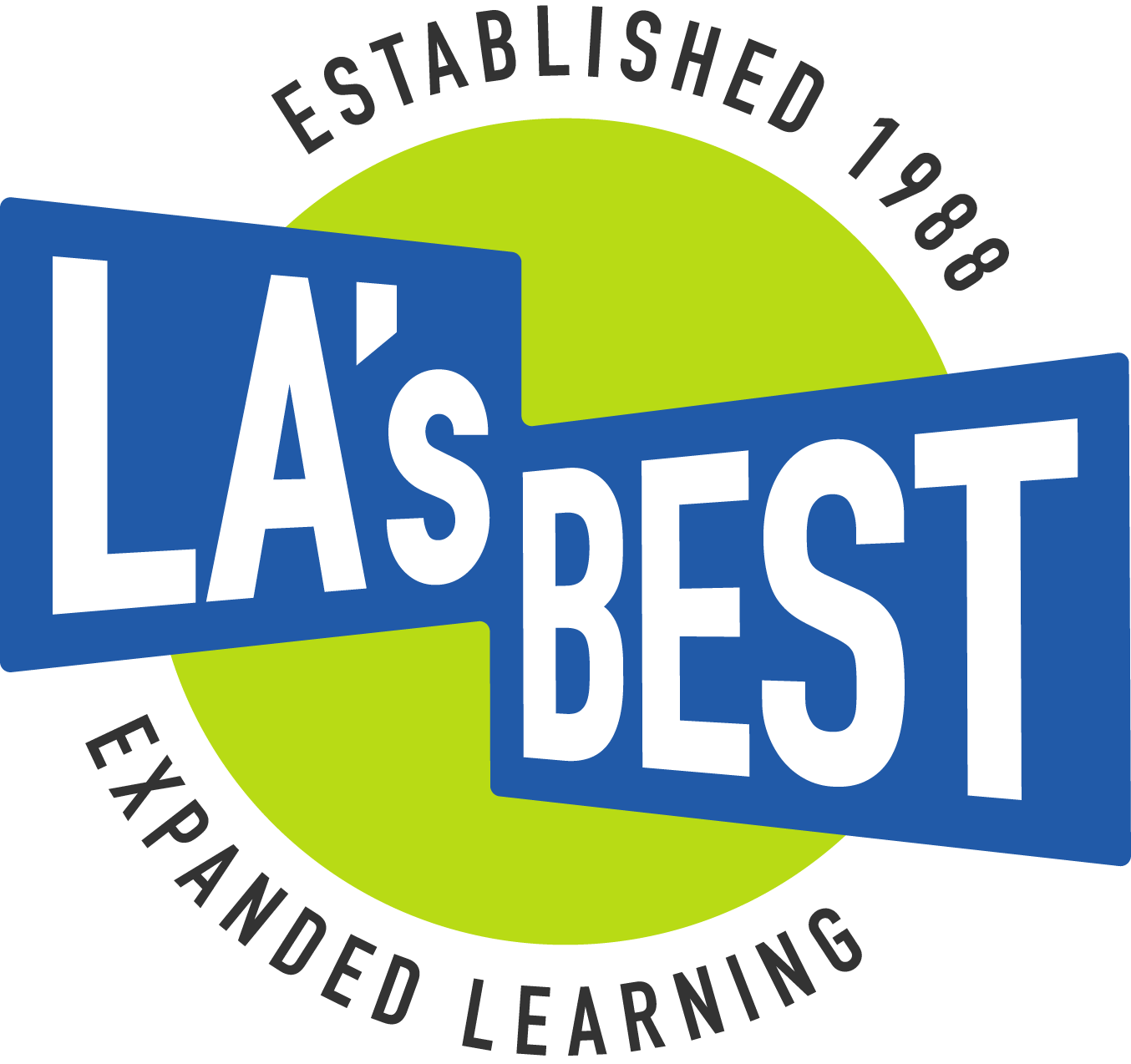Fulfilling our city’s promise to children.
The afterschool hours — great risk, great opportunity.
The afterschool hours — when school’s out and many parents are still working — are the time that children are most vulnerable to risky behaviors, crime and the dangers of the streets. These hours are also often a time when children in areas with the greatest needs and fewest resources fall further and further behind their more fortunate peers. It can be a time of missed chances to help students succeed in school and get equipped with the intellectual and social skills they’ll need in the future. But it doesn’t have to be that way.
We are part of a movement to value emotional health and wellness for all. We are equipping our staff to respond to traumatic situations, and to create the conditions for children to learn the social and emotional skills essential to navigating their lives.
Read our blog by Eric Gurna, former President & CEO posted on Medium, Trauma, Adversity and Transformation in Afterschool Programs. Our journey is detailed in Eric’s article The process of implementing trauma-resilient informed practices at LA’s BEST.
We invite you to also read the white papers, Trauma-Resilient Informed Practices in Expanded Learning Programs:A Snapshot of Trends in the Field (click here for the executive summary) and Promising Practices for Building Protective and Promotive Factors to Support Positive Youth Development in Afterschool (click here for a summary article featured on the Child Trends website).
For over 30 years, LA’s BEST has provided safe, supervised afterschool enrichment for elementary school students in neighborhoods with the highest needs and fewest resources.
But LA’s BEST has also been providing something more to young children at a critical point in their lives: Through our deliberately developed programming and staff, we build the kind of deep intellectual, creative, physical and social engagement in children that drives their development as motivated learners and active contributors to their education, schools and communities. This is reflected in concrete measures such as school attendance and graduation rates, and in equally critical measures of self-confidence, curiosity and wonder, and enhanced senses of purpose, drive and self-worth.
Impact